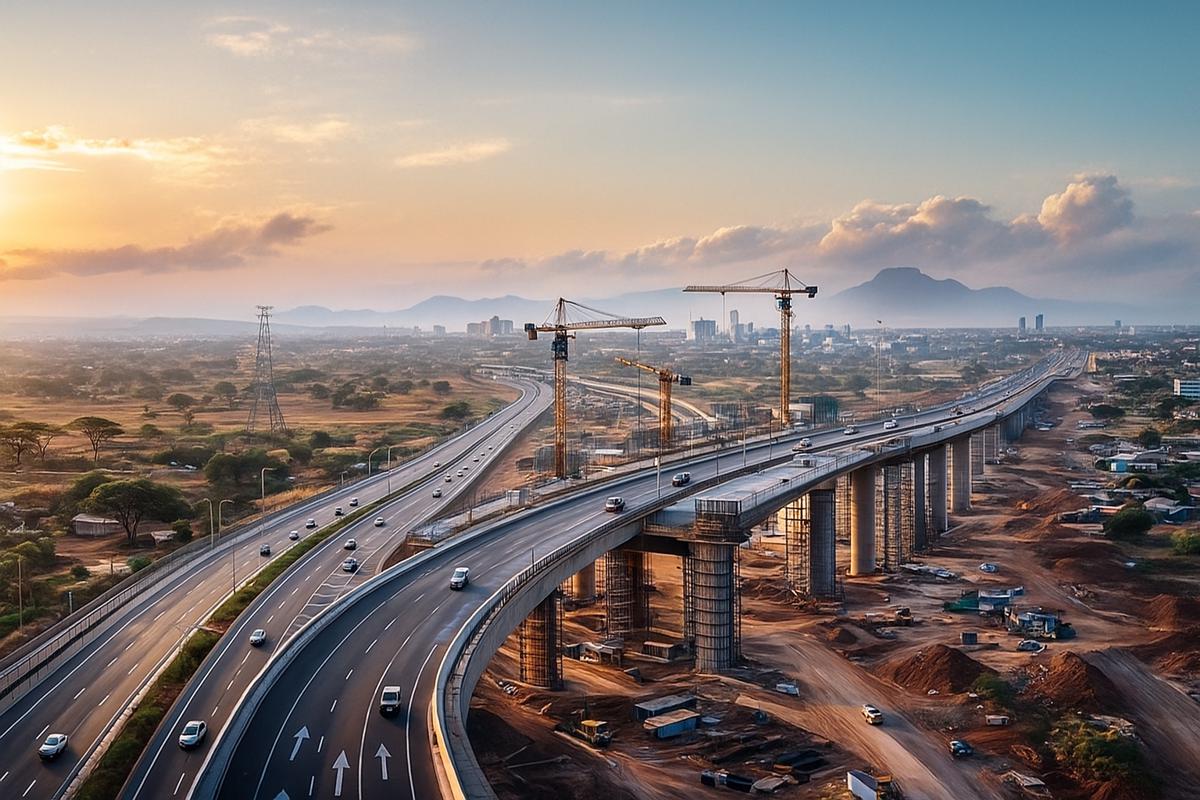Symbiosis of Trees and Asphalt in Urban Landscapes
In an era where climate change looms large, the humble tree has emerged as an unsung hero in the urban tapestry.
At the University of Gothenburg, researchers have been delving deep into the relationship between urban trees and their concrete counterparts. Spearheaded by Janina Konarska, this groundbreaking study published in Landscape and Urban Planning sheds light on a pivotal yet often overlooked aspect of urban planning.
A Shade Above: The Crucial Role of Trees in Urban Climes
“Trees in urban areas are more than just aesthetic elements; they’re vital cogs in the environmental machinery,” states Konarska. These natural giants provide essential services – from offering shade to significantly reducing air temperatures. As our planet grapples with escalating temperatures, the importance of these green sentinels has never been more pronounced.
But it’s not just about planting more trees; it’s about giving them the right environment to thrive. Konarska’s research emphasizes the need for a harmonious balance between urban development and natural growth. “An important factor is how much of the area around the tree is paved,” she explains.
The Concrete Impact: Asphalt vs. Greenery
The team’s findings are striking. Trees surrounded by grass, as opposed to those ringed by asphalt, showed remarkable differences. “These trees were not only taller by an average of 2.6 meters but also boasted crowns 1.3 meters wider and 61 percent denser,” Konarska reveals. The implications? A doubling in cooling efficiency, a critical factor in combating urban heat islands.
This phenomenon was observed in diverse species like pin oak, horse chestnut, and common lime across Gothenburg and Mölndal. Factors like crown density and transpiration played a significant role in determining a tree’s microclimatic impact.
The Asphalt Effect: A Barrier to Growth
Asphalt does more than just limit space. “It elevates the air temperature around it and acts as a barrier, preventing rainwater from nourishing the roots,” Konarska points out. This revelation underscores the need for a re-evaluation of urban landscaping practices.
Nurturing Nature: The Art of Urban Tree Planting
Given the expensive and time-consuming nature of tree planting in urban areas, optimizing their growth conditions becomes paramount. Lasse Tarvainen, an environmental scientist at the University of Gothenburg, weighs in, “In urban settings, where space is a luxury, focusing on quality soil and adequate watering is crucial for tree health.”
The research also highlights that different tree species respond variably to their surroundings. For instance, the horse chestnut shows resilience against hardened surfaces but doesn’t fare as well as the pin oak or common lime under more favourable conditions.
Rethinking Urban Planning: A Call to Action
This study is more than just an academic exercise; it’s a clarion call to urban planners, policymakers, and environmental enthusiasts. The message is clear: the future of our urban landscapes depends on integrating green spaces more thoughtfully within the concrete jungle.
In conclusion, the findings from the University of Gothenburg serve as a roadmap for creating cooler, more sustainable urban environments. By reimagining the role of asphalt and acknowledging the profound impact of trees, we pave the way for a future where nature and urbanity coexist in harmony. As Konarska aptly puts it: “It’s not just about planting trees; it’s about planting them right.”




















